Planting Wheat
All Planting Wheat Content

Grasshoppers May Cause Problems for Winter Wheat During Fall 2023
As winter winter begins emerging, it is important to monitor field edges for grasshopper activity and feeding injury. This is especially true in areas where large populations have been observed throughout the summer.

Grasshoppers May Be an Issue for Winter Wheat This Fall
We have recently observed large populations of grasshoppers in Southeast and Western South Dakota. Due to their destructive feeding habits, it is very important to monitor their populations prior to and during winter wheat planting.

Assessing Winter Wheat Stands
After long, tough winters, producers often have concerns about winter wheat stands. Learn some tips for assessing plant stands and deciding what to do with your wheat plantings this spring.

South Dakota Fertilizer Rate Guidelines Calculator for Corn, Soybean, and Wheat
Calculator for Fertilizer Guidelines for Corn, Soybean and Wheat in South Dakota
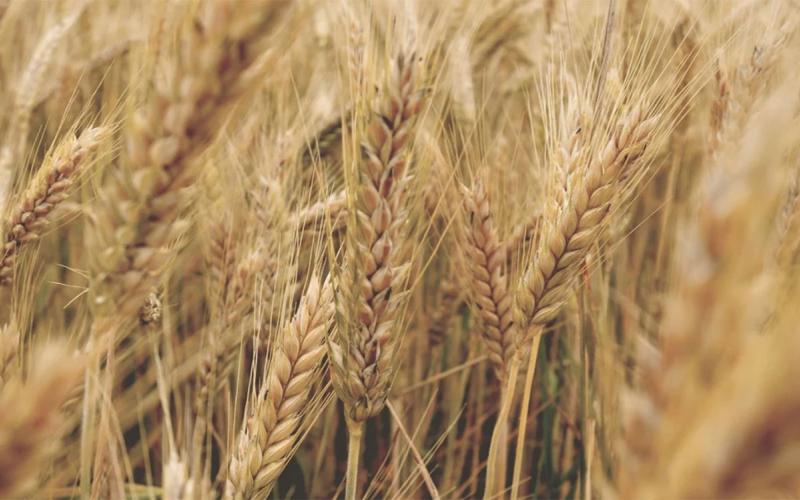
SDSU Extension 33rd Annual Winter Wheat Meeting To Be Held August 24
August 19, 2022
SDSU Extension, in collaboration with the Jones County Crop Improvement Association, will host the 33rd Annual Winter Wheat Meeting in Draper, South Dakota, on August 24 at 6:30 p.m. CDT.
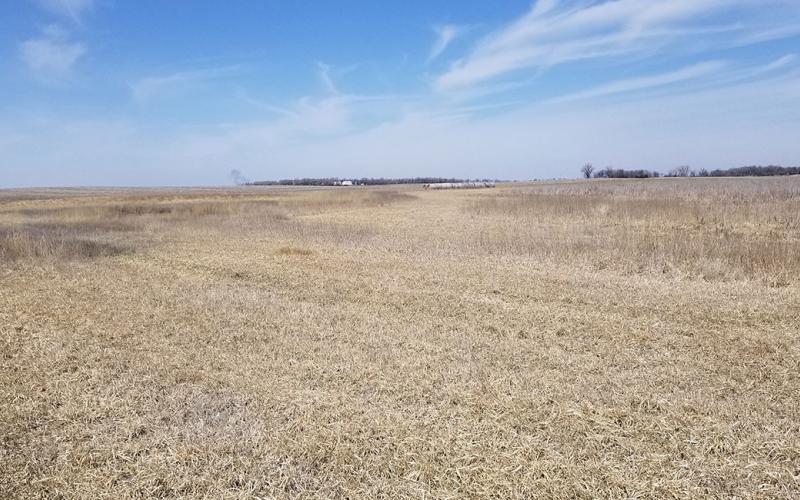
The Power of Living Roots
Learn how living roots improve soil structure and can be used as a tool to fix marginal lands with salty soil conditions.
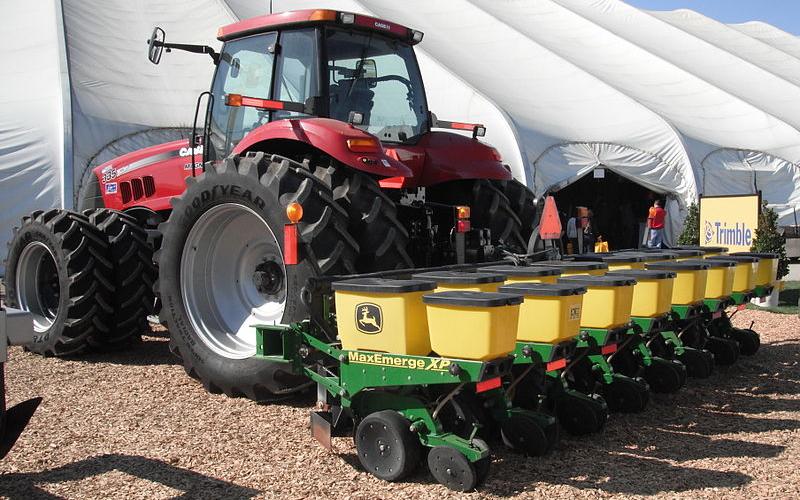
Why Precision Agriculture?
When precision agriculture comes into a conversation a few questions arise. Three of those questions might be: What is precision agriculture? How does precision agriculture make our farm more profitable? What do I do with all this data?
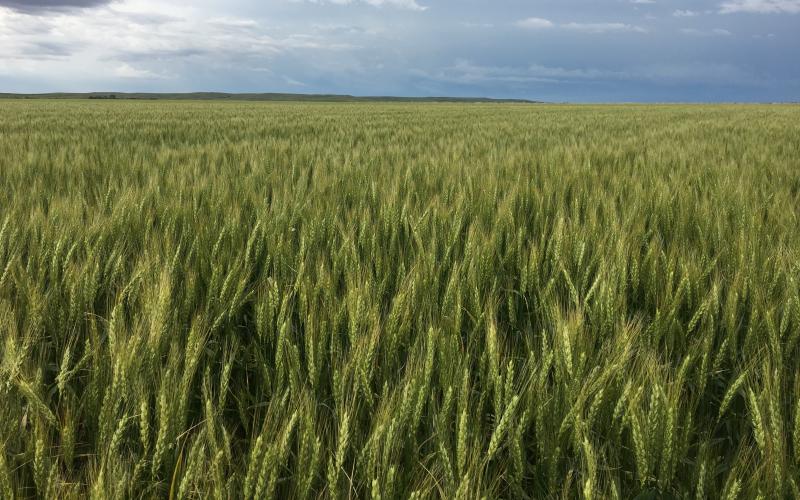
Small Grain Pre-Harvest Options
Consider pre-harvest herbicide applications in crop ground planted with small grains that are grown for seed or forage. Dense weed populations may inhibit harvest, therefore proper control of them early in the growing season is best.

Agronomic Considerations for Moisture Deficit Conditions
The current soil moisture stress in South Dakota could be more pronounced than we have seen in last few years. If this continues, cropping decisions may need to be adjusted for the upcoming growing season.
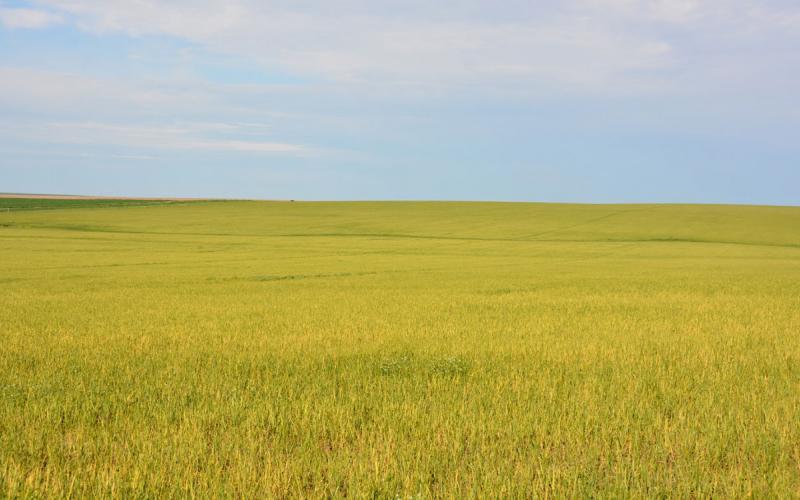
Pre-Plant Wheat Streak Mosaic Disease Management Strategies
Drought conditions tend to promote high wheat curl mite populations. Wheat streak mosaic virus and other viruses transmitted by wheat curl mites are best managed through cultural practices performed before planting.